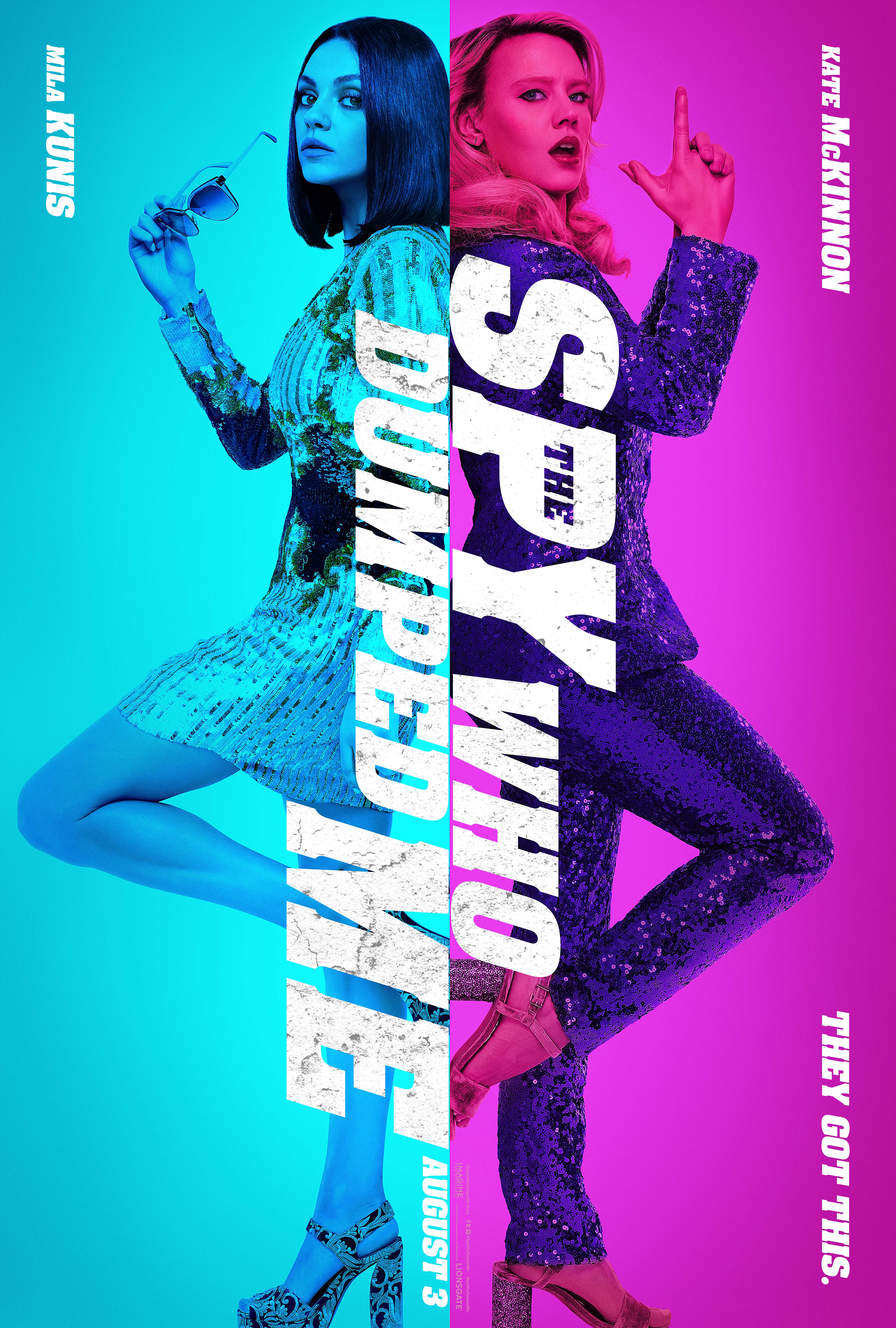1. How many titles are displayed during the opening sequences to the film?
There are 11 titles in total. The first tile is the name of the film company. Then, it is followed by "Products of" and other film productions included. After, it is followed by "Avec la participation de". 7 of the titles were names of the actresses and actors included in the movie. The last title is the name of the movie.
There are 11 titles in total. The first tile is the name of the film company. Then, it is followed by "Products of" and other film productions included. After, it is followed by "Avec la participation de". 7 of the titles were names of the actresses and actors included in the movie. The last title is the name of the movie.
2. What images are prioritized in the opening sequence?
The images that were prioritized in the entire opening sequence were the air crafts and jets because most of the scenes consists of the jet flying or the blueprints of a jet.
The images that were prioritized in the entire opening sequence were the air crafts and jets because most of the scenes consists of the jet flying or the blueprints of a jet.
3.What connotations do the images carry?
The connotation the images carry is action-packed. In the title sequence, it was accompanied by dramatic and intense music to foreshadow the action-scenes.
The connotation the images carry is action-packed. In the title sequence, it was accompanied by dramatic and intense music to foreshadow the action-scenes.
4.How is the genre reinforced through symbolic and technical codes from the outset?
The main elements that reinforce the action genre was the sound and transitions. As we mentioned before, the dramatic and intense music helps create an adrenaline rush. This causes the audience to feel like they are watching the air show. The camera movements of tilts, pans, and tracking shots help capture the action and fast-paced jets.
The main elements that reinforce the action genre was the sound and transitions. As we mentioned before, the dramatic and intense music helps create an adrenaline rush. This causes the audience to feel like they are watching the air show. The camera movements of tilts, pans, and tracking shots help capture the action and fast-paced jets.
5.How does the film establish an enigma from the outset?
The film establish enigma because of mystery/ vagueness. In the title sequence, there are a significant amount of vague details. This can cause the audience to question everything. For instance, the audience might have questions: "Why are the planes flying? How is this action? What will happen? Will someone die? " The intense scenes of the planes makes the audience why the planes are racing.
The film establish enigma because of mystery/ vagueness. In the title sequence, there are a significant amount of vague details. This can cause the audience to question everything. For instance, the audience might have questions: "Why are the planes flying? How is this action? What will happen? Will someone die? " The intense scenes of the planes makes the audience why the planes are racing.
6.What strategies are used to ensure the film appeals to its target audience?
Strategies that are used to ensure the film appeals to its target audience by including France and jet planes. There were little information about this movies target audience but, we concluded the target audience is French people and people who like foreign movies. This movie was film in France on Bastille Day- an important day in French history. By using France as the main setting, French people would view this movie because they its located in France and they would want to watch the movie to see themselves. This film targets an audience who watch foreign film because the entire movie is in French. Since it is in French, it sparks curiosity in the French film production.
Strategies that are used to ensure the film appeals to its target audience by including France and jet planes. There were little information about this movies target audience but, we concluded the target audience is French people and people who like foreign movies. This movie was film in France on Bastille Day- an important day in French history. By using France as the main setting, French people would view this movie because they its located in France and they would want to watch the movie to see themselves. This film targets an audience who watch foreign film because the entire movie is in French. Since it is in French, it sparks curiosity in the French film production.
7.How has technology been used effectively? You want to consider camera angles, transitions, and editing techniques?
Out of the four title sequences we reviewed, "Sky Fighters" have the least editing techniques and transitions used in the title sequences. The main elements that are emphasized are the jets flying and the blueprints of the planes. Not only the blueprint scenes act as titles placers, they help transition to the different angles of the race. The different angles help with these transitions because there are scenes from a low angle to demonstrate a commoner perspective.
Out of the four title sequences we reviewed, "Sky Fighters" have the least editing techniques and transitions used in the title sequences. The main elements that are emphasized are the jets flying and the blueprints of the planes. Not only the blueprint scenes act as titles placers, they help transition to the different angles of the race. The different angles help with these transitions because there are scenes from a low angle to demonstrate a commoner perspective.







